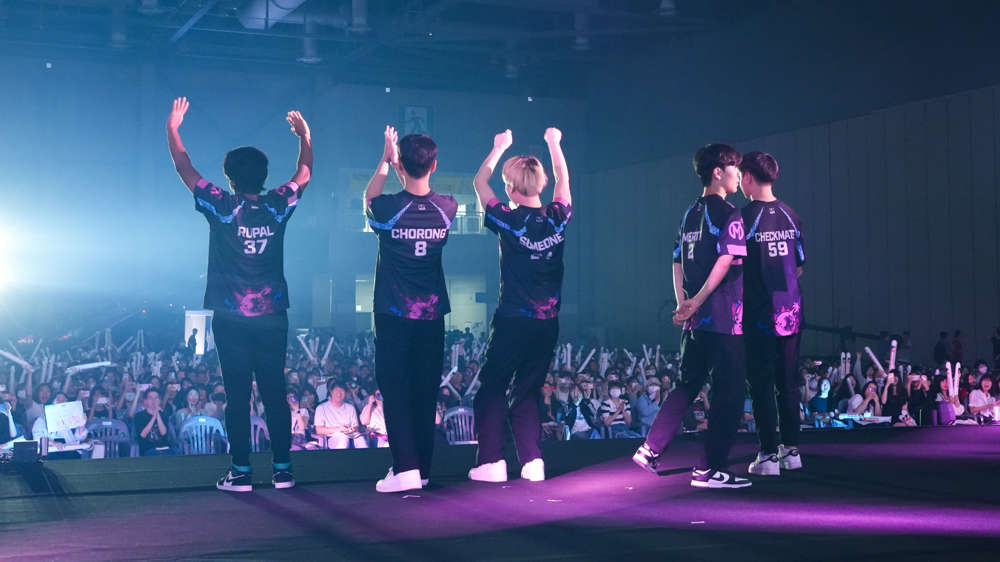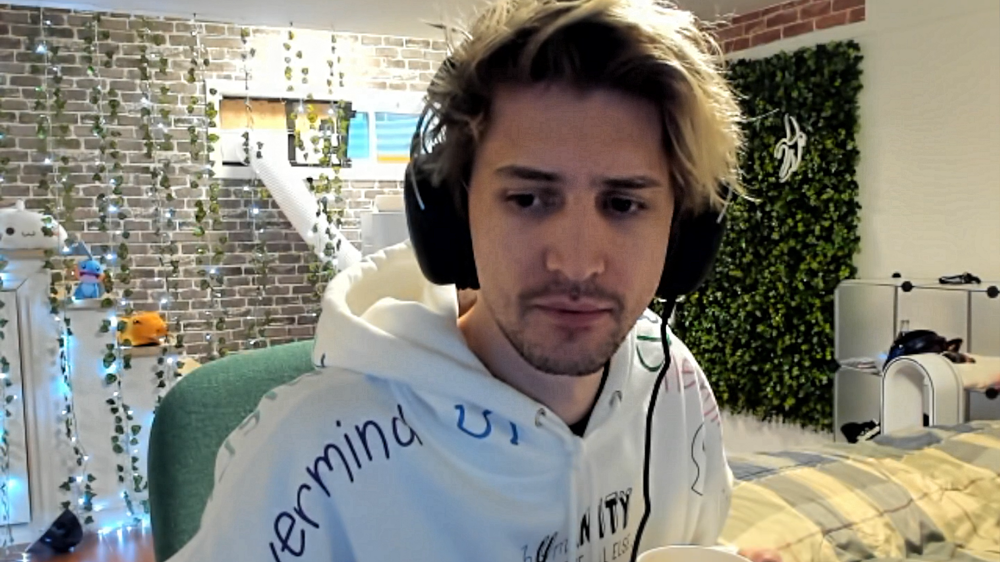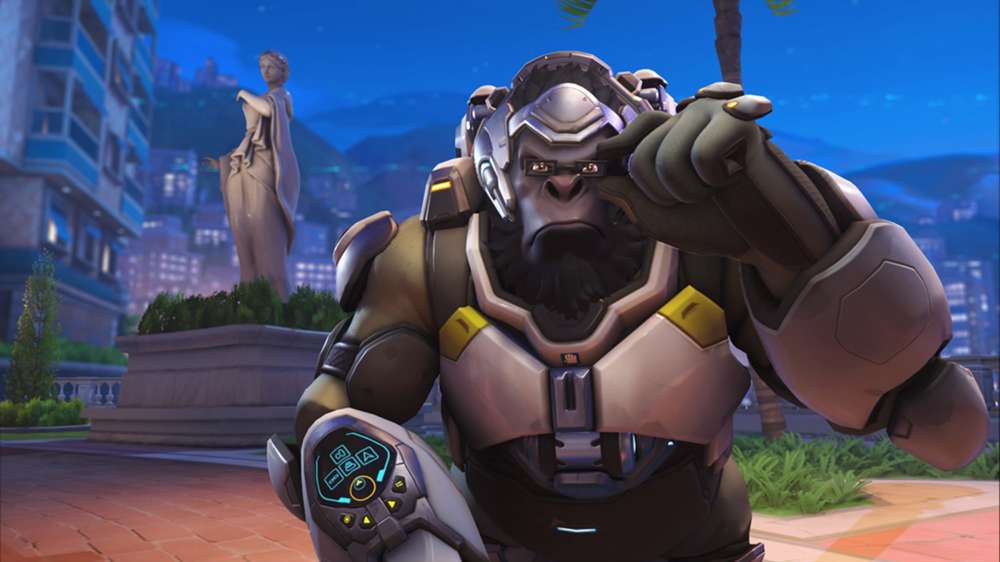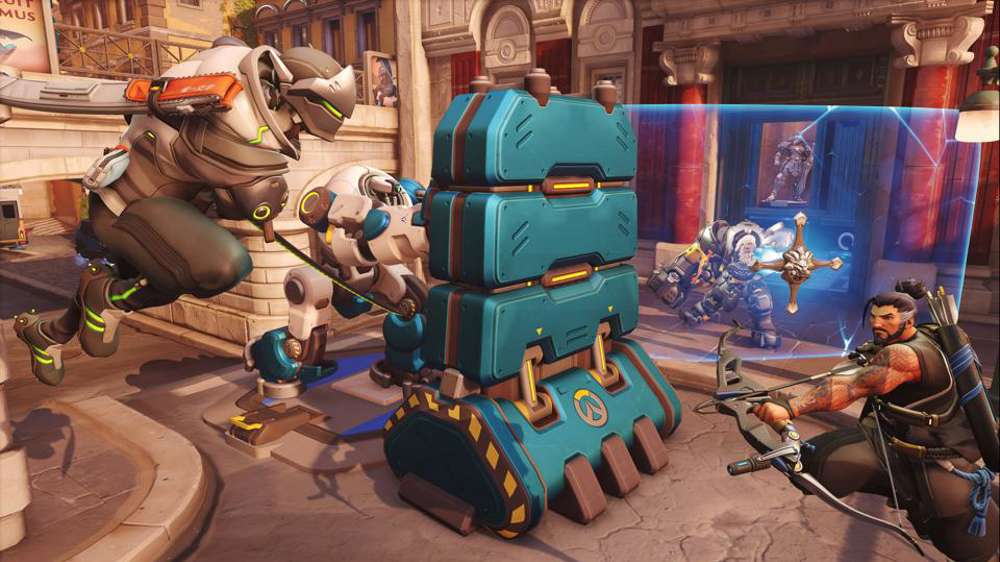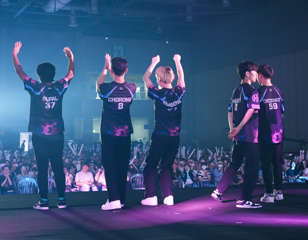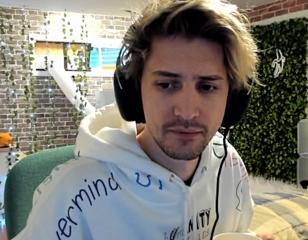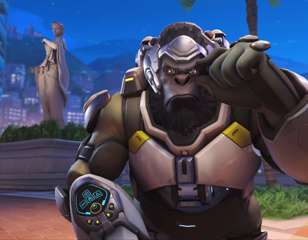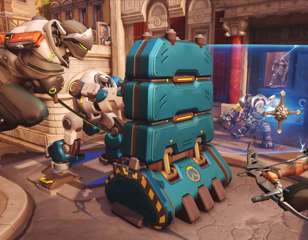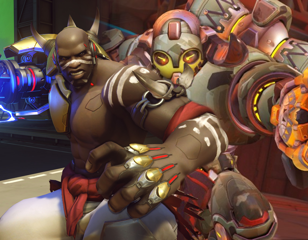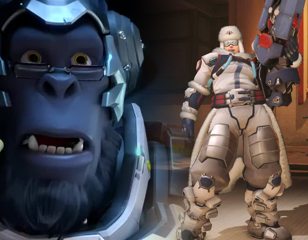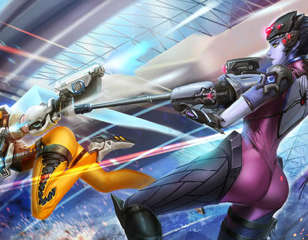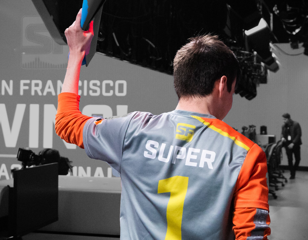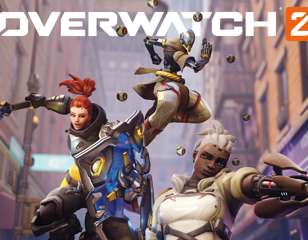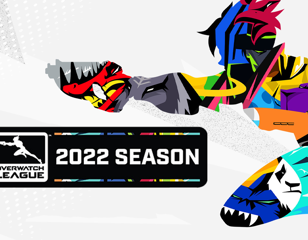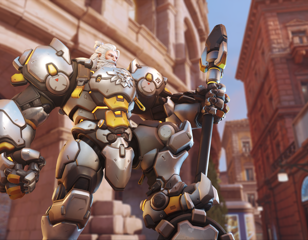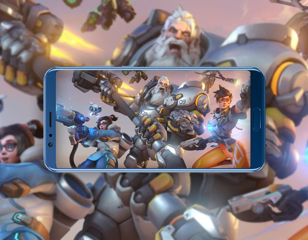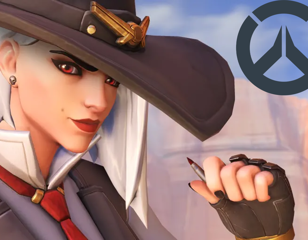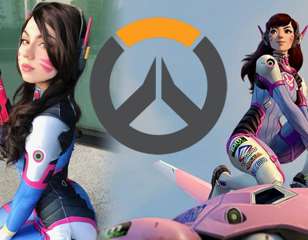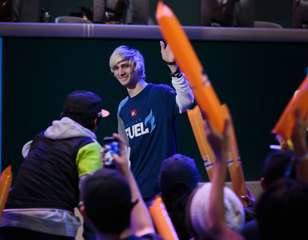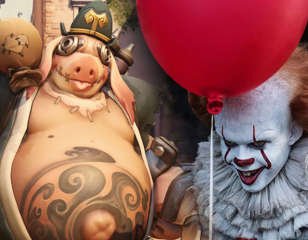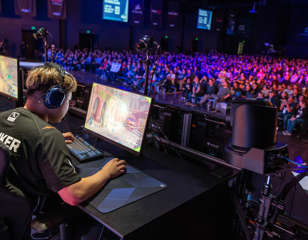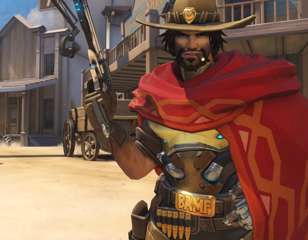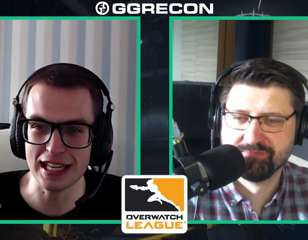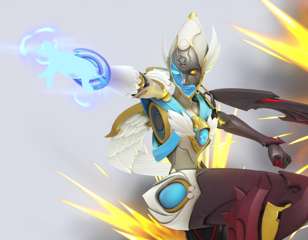A Salute To Overwatch’s Most Stylish
These Overwatch teams quite literally couldn’t help but be themselves.

Joseph "Volamel" Franco
06th Jan 2021 20:00
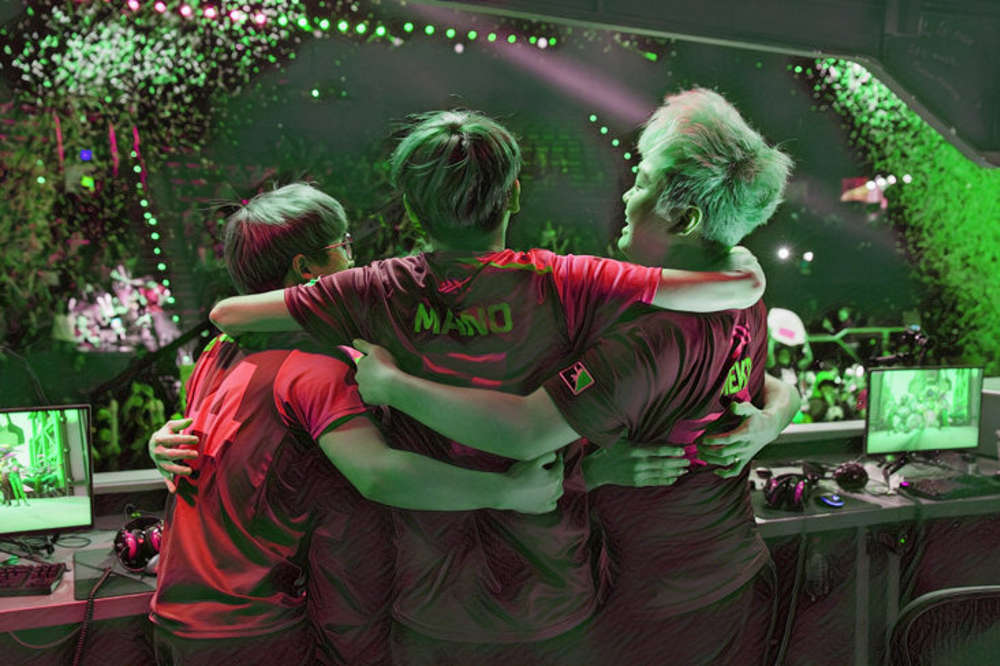
It was Chekov that taught us to show and not tell, and across the history of competitive Overwatch, there have been a number of teams that either have—or attempted to—redefine how we think of the game. Words like unorthodox or creative, passive or aggressive all orbit them like moons to a distant celestial neighbour, but what is “style” with regards to competitive Overwatch, should we see more of it, and are its roots tangled in the bright light of success, or mired in tacky gimmicks?
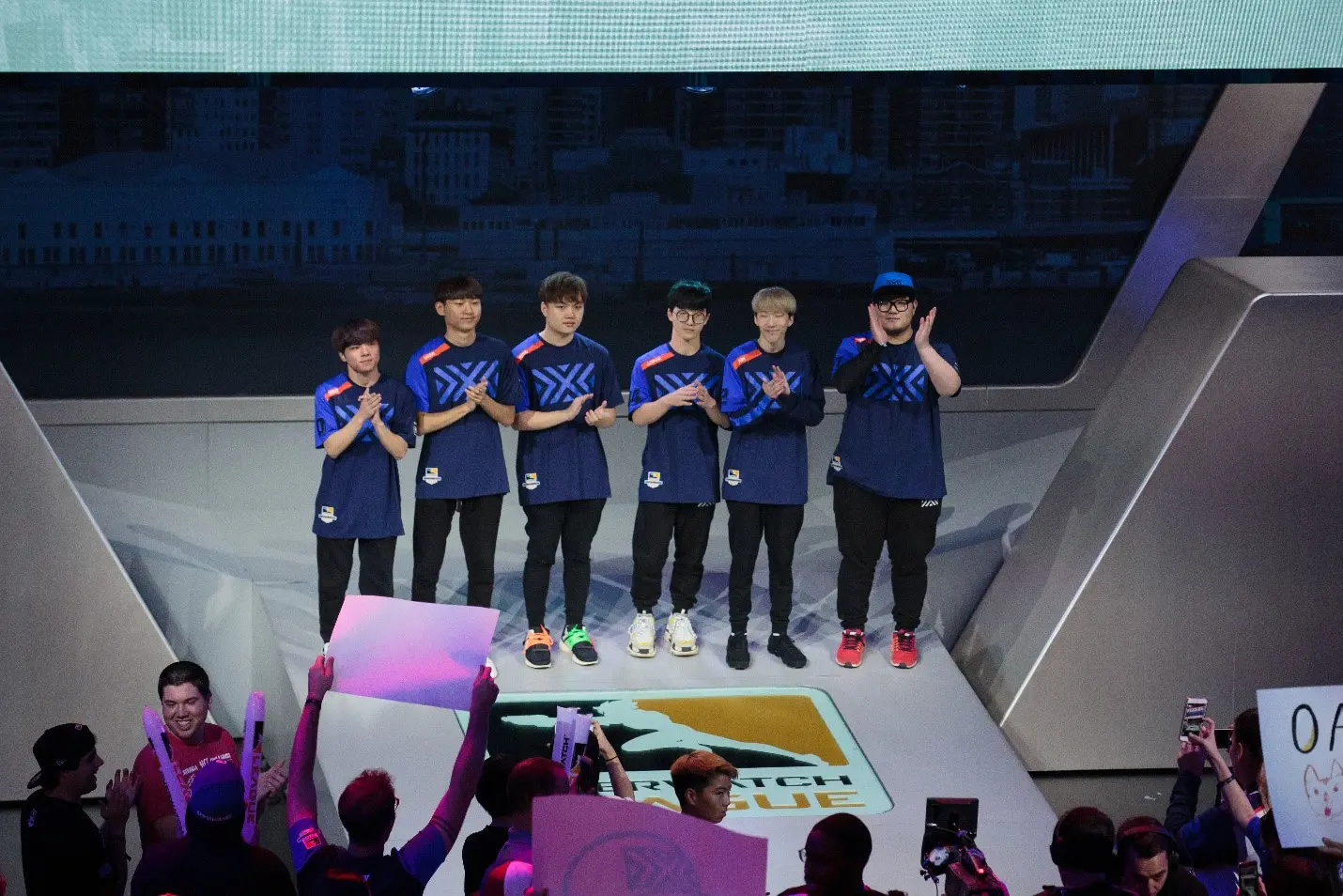
At times, style can emerge from nothing, meaning in the absence of an opposing force, a new path can open up. To stray from the norm, or what is considered standard, sets you apart - it makes you an individual; it makes you stylistic. If a given game sees too much aggression, it is stylistic to be defensive, and no one has taught us that more, especially with regards to modern Overwatch, better than the 2018-2019 New York Excelsior. Taking fewer fights on average while still maintaining a staggeringly high team fight win percentage, all the while enabling Bang "JJoNak" Sung-hyeon to work his magic at flex support, New York truly showcased a different way to play the game. While on the surface the compositions were familiar, their positioning was more methodical; they were focused on the ideal fight rather than playing for time. New York in almost every other way was different from the field during their heyday.
However, styles can be much more apparent and often are. In many cases, teams in the past will opt for specific comfort heroes or have set strategies that very obviously play into their style. Throughout Overwatch League’s 2019 season there was a stark absence of that creativity. The metagame at the time was dominated by tanks and supports and while the Chengdu Hunters played within that same framework, how they did so was what set them apart.
With their more traditional main tank, Wei "jiqiren" Yansong, stuck overseas with visa issues, the Hunters were forced to adapt to a metagame that they were not prepared for. Wrecking Ball specialist Ding "Ameng" Menghan was not only up to the task, but he and the Hunters performed well enough considering. Piloting their own Wrecking Ball variant of the GOATS composition, the Hunters maintained a competitive position towards the middle-of-the-pack teams for the majority of the season. However, their creativity reached farther than just a surprising amount of Wrecking Ball. Hunters were known to carry around small pocket strategies that they would utilise on specific maps.
Style can also emerge from leaning heavily into one attribute. Much like the New York Excelsior played a slower, more defensive game, teams can ramp up the tempo and rush the pace of the game with a ton of proactivity. Take, for instance, a team like Selfless Gaming, through their escapades throughout the early half of 2017. In the absence of top western talent, this hyper-aggressive team that utilised unique compositions and a full-court press mentality to not only play to their desired tempo and on their terms, but to also catch opponents off guard. There was aggressive, and then there was Selfless Gaming. At the time, no one played quite as fastpaced as they did, so much so that even modern teams have trouble keeping up.
It is good life advice to avoid putting all your eggs in one basket. However, if we stay within the metaphor for a moment, where we choose to put our eggs—or our resources—can be stylistic as well. Enter 2017’s breakout team from APEX Season 2, Meta Athena. On the surface, this team was the epitome of thinking outside of the box. Their rotations included Ice Wall shortcuts that were equal parts unheard of and ingenious. Their early use of heroes like Sombra and Hanzo gave them a shrewd and sharp nature to them. However, it was how they enable their star Zarya player, Choi "Hoon" Jae-hoon.
- Related - The Redeemers And Dreamers Of OWL 2021
The lion’s share of their resources was dedicated to empowering his aggressive playstyle which stood apart from the field during the triple tank metagame at the time. Whether it was compositional advantages or simply funnelling a majority of the Nano Boosts from their Ana into him, Hoon was the spearhead of the Meta Athena style. This was a rookie team, playing against the toughest competition, and still managed to challenge and stay competitive with some of the best in the world - but did so on their own terms.
And these are just a handful of notable names from the massive list of teams across the years and the different metagames that dared to play their own way. Honourable mentions should be given to the likes of the aggressive playmakers like 2019’s San Francisco Shock and Vancouver Titans and the creative minds of Moss Seven Club and Clockwork Vendetta. Even just reading those names, a slew of highlights and notable instance flash through your mind like a Gucci View-Master with a new reel of designer images.
That’s what beautiful about these teams.
Style is what sets you apart. It’s the identity shown and not told. They cannot help but be themselves, so they are subject to questions no one else is posed and that no one else can answer.
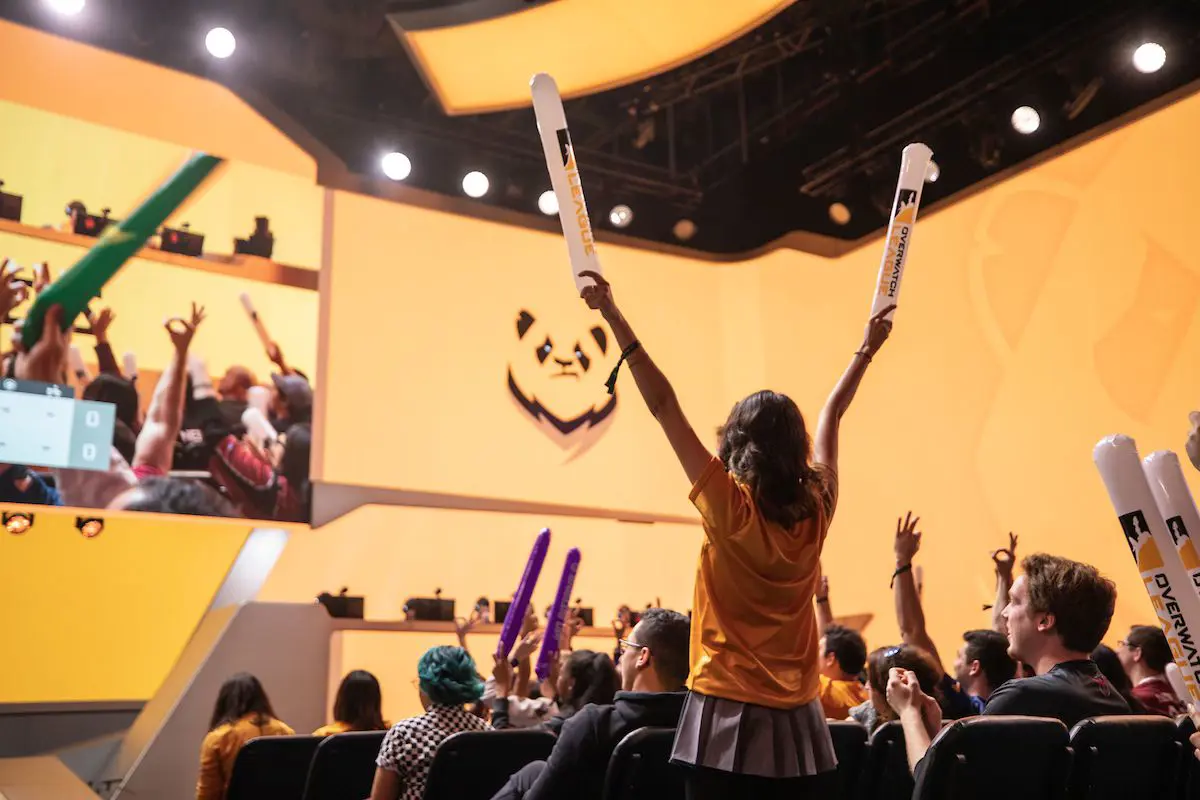
Now, this all begs the question; should Overwatch teams strive to be more stylistic?
This is a difficult question to answer with the current format. Consider for a moment that the 2021 Overwatch League season is identical in format to the season prior. The hero pool system simply does not allow teams to dabble and explore the game due to the constant changes. Yes, over the course of an unknowable amount of time archetypes form, patterns arise, and the understanding of the hero pool system will improve—but that doesn’t change anything today. Call it shortsighted, but Overwatch doesn’t exactly have the luxury of time. We stand on the dock with the life preserver in our hands, asking the person fighting the rip current to “just swim faster.” These teams and their players aim to become the best in the world, and if the system doesn’t see fit to keep stylistic play alive, then Davy Jones can catch an extra pair of Balenciagas for all they care.
It is difficult for these teams to really settle into a style and refine their own vision of the ideal Overwatch because the game seems to fundamentally shift every so often. They can’t simply swim faster because the water doesn’t allow it.
Now, if the system were to change, then a double-back is in order, and we can review the question again. However, speaking ideally for a moment, teams should want to be more stylistic or, at the very least, fight for the right to take that path if they so choose to.
Not only does style make you more individualistic and appealing, but it quite literally makes the game. At the end of the day, styles make fights, and Overwatch is at its best when two styles clash. Not sold? Let’s journey back to 2019 and the single most important lesson learned across Overwatch during one of its most rigid metagames. The first blow dealt during the stranglehold of the GOATS metagame was style. Still not convinced? Then considered the hypothetical that all the teams we’ve listed out and celebrated, they all abandoned their style during their time on stage. They refused to be themselves, they strictly follow the status quo, and they adopt exactly what everyone else played. Do you think we’d think of them the same way? Do you think they would have been as successful?
To be fair, success sits in the lap of those who create the goals. If the mission isn’t to win the championship but to work to the best of your ability with what you have, then success is relative. However, if we take a general consensus of what most of us consider “successful” then the vast majority of the teams listed should be considered not only to be considered successful but in the context of the history of the game will easily be quite influential to how we view Overwatch in the future.
In the current landscape of competitive Overwatch, style is a commodity. It’s difficult to capture yet highly sought out after. A team’s given style is the catchy hook to the pop song. It is what polarises you and helps you invest in building opinions on both the teams and the game itself. If the game aims to return to the pop culture boom that it once was, Activision Blizzard has to throw on its own life jacket and dive into that choppy whirlpool and help the game return to its stylised roots.
Images via Blizzard Entertainment

About The Author
Joseph "Volamel" Franco
Joseph “Volamel” Franco is a Freelance Journalist at GGRecon. Starting with the Major League Gaming events 2006, he started out primarily following Starcraft 2, Halo 3, and Super Smash Bros. Melee, before transitioning from viewer to journalist. Volamel has covered Overwatch for four years and has ventured into VALORANT as the game continues to grow. His work can also be found on sites like Esports Heaven, HTC Esports, and VP Esports.
